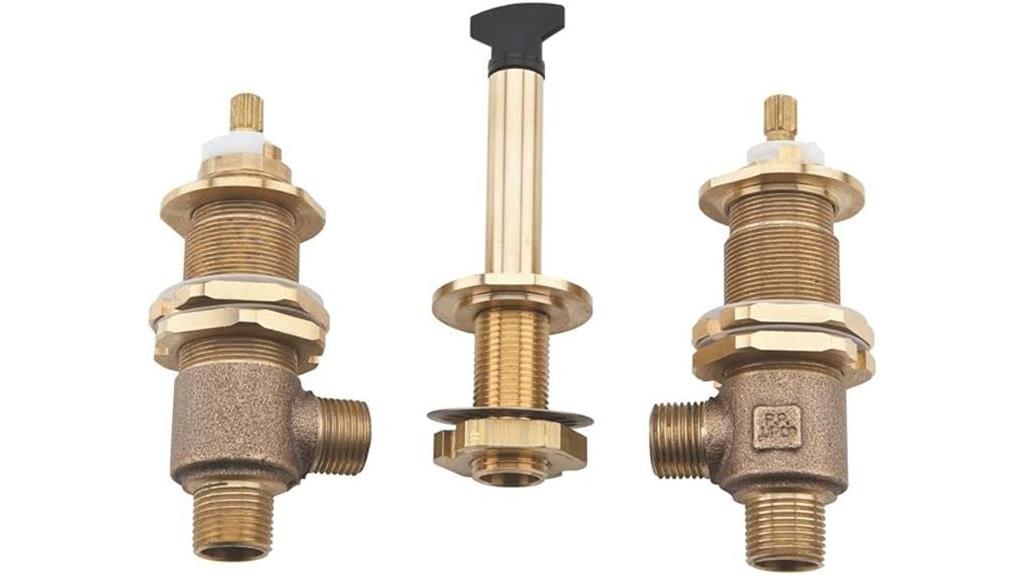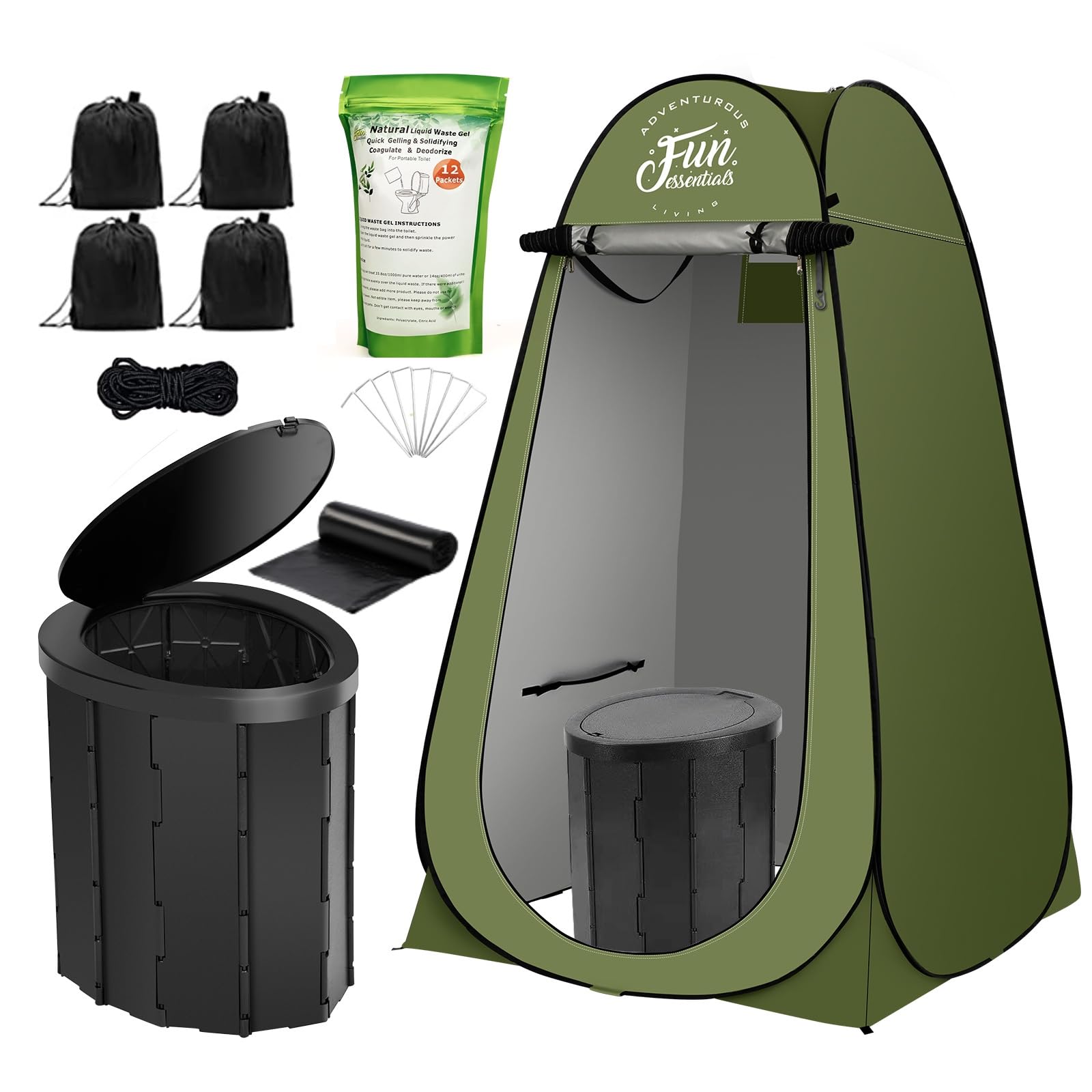Welcome, fellow curious minds, to our exploration of the intricate inner workings of a toilet.
Prepare to embark on a journey where we unravel the enigmatic names of these body parts.
From the mighty Tank to the humble Flapper, we shall leave no stone unturned in our quest for knowledge.
So, fasten your seatbelts, for we are about to dive deep into the technical realm of toilet anatomy, where mastery awaits.

Let us begin!
Key Takeaways
- The tank is a vital component of a toilet that holds and releases water during the flushing process.
- The bowl is the visible part of the toilet used for waste disposal.
- The flush valve controls the flow of water from the tank into the bowl during flushing.
- The fill valve is responsible for refilling the toilet tank after each flush.
Tank
In our everyday use of toilets, the tank is a vital component that frequently holds and releases water during the flushing process. The tank is typically located at the back of the toilet, above the bowl.
It’s made of durable materials such as porcelain or plastic to ensure its longevity. The tank is responsible for storing the water that’s used for flushing. It’s equipped with a toilet lid that acts as a cover, preventing any unwanted objects or substances from falling into the tank.
Additionally, the tank is equipped with a handle, which when pressed, activates the flushing mechanism, releasing the water from the tank into the bowl. The handle is usually located on the front or side of the tank, providing convenience for the user.
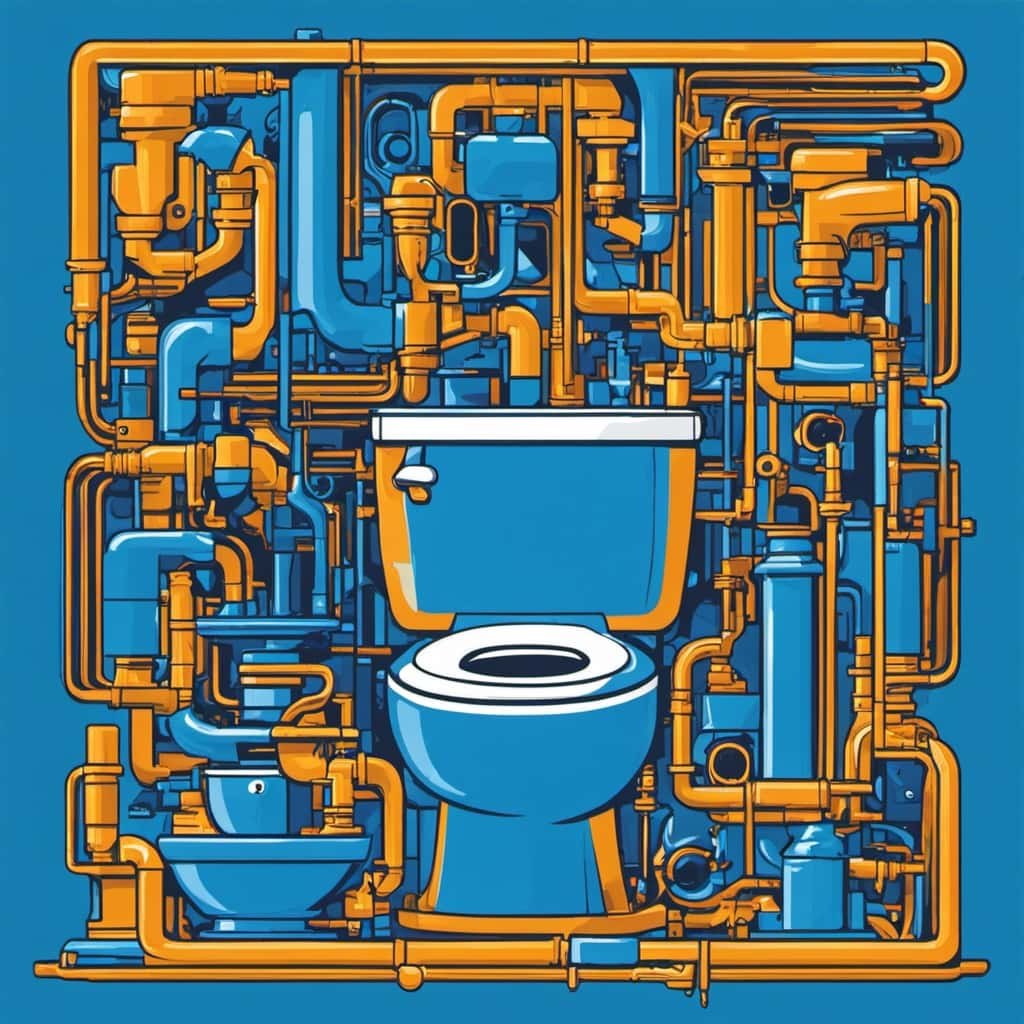
Bowl
Moving on from the tank, another important body part of a toilet is the bowl. The bowl is the visible part of the toilet that’s used for waste disposal. It’s usually made of porcelain or ceramic and is designed to hold water.
The bowl is connected to the tank through a mechanism that allows water to flow into it when the toilet is flushed. It’s also connected to the floor with the help of a wax ring, which provides a tight seal to prevent any leaks.
The bowl is where the toilet seat is attached, providing a comfortable and hygienic surface for sitting. Proper maintenance of the bowl, including regular cleaning and checking for any cracks or damage, is essential for the overall functioning of the toilet.
Flush Valve
To continue our discussion of the body parts of a toilet, let’s now turn our attention to the flush valve.

The flush valve is an essential component that controls the flow of water from the toilet tank into the bowl during the flushing process. It’s responsible for creating a strong, forceful flush that effectively removes waste. If you encounter any issues with your flush valve, such as a weak flush or a continuous running sound, it may require repair.
There are two main types of flush valves commonly found in toilets: the flapper valve and the canister valve. The flapper valve is a rubber or silicone flap that lifts up to allow water to flow into the bowl, while the canister valve uses a seal to release water.
Now that we’ve covered the flush valve, let’s move on to the next topic: the fill valve.
Fill Valve
Now let’s examine the fill valve, an integral component of a toilet’s structure. The fill valve is responsible for refilling the toilet tank after each flush, ensuring that the proper water level is maintained. Understanding how to maintain and troubleshoot the fill valve is crucial for effective toilet tank maintenance.
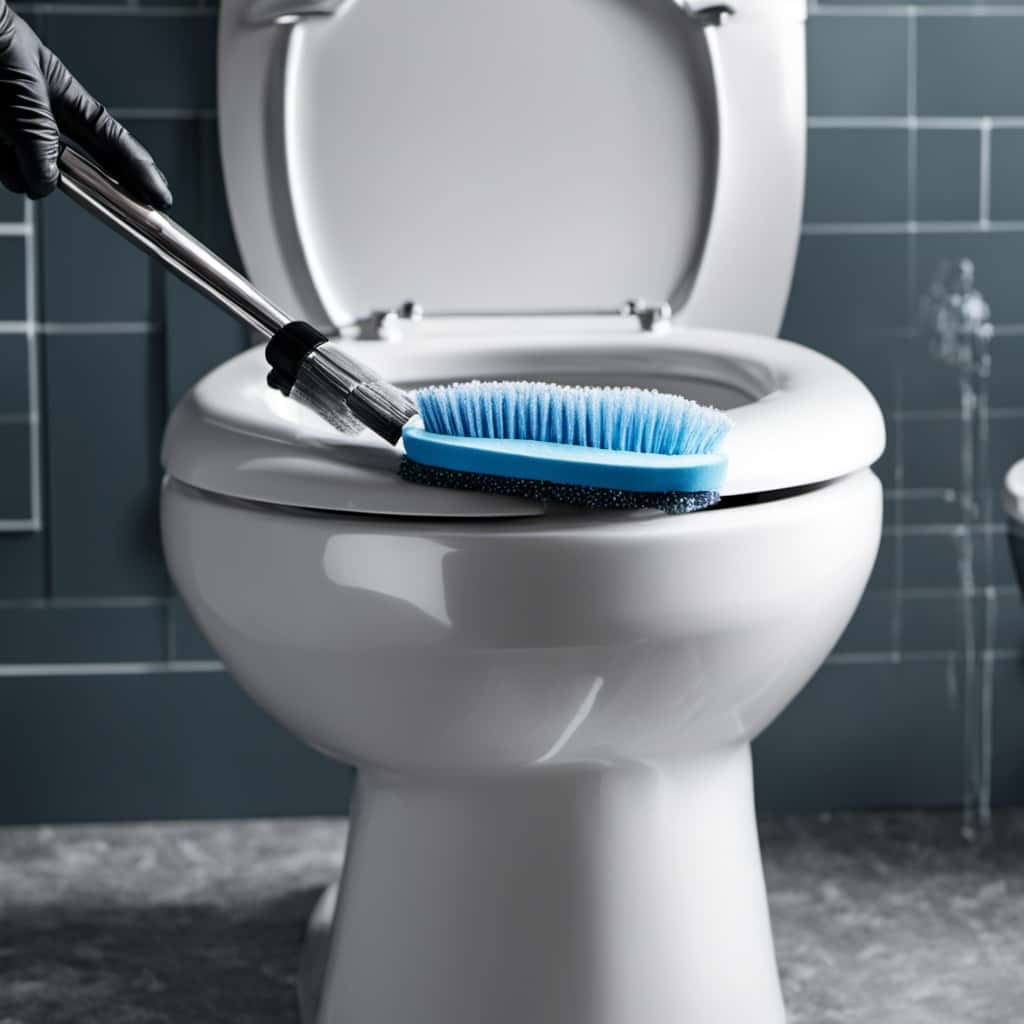
Here are some key points to consider:
- Proper maintenance of the fill valve includes regular cleaning to remove any debris or sediment that may accumulate over time.
- Troubleshooting fill valve issues involves checking for leaks, adjusting the water level, and ensuring that the valve is functioning correctly.
- Leaks can be detected by adding food coloring to the tank water and observing if it seeps into the bowl.
- Adjusting the water level can be done by turning the adjustment screw on the fill valve.
Flapper
The flapper is a crucial part of a toilet’s mechanism, responsible for controlling the release of water from the tank into the bowl. It’s attached to the flush valve and creates a seal that prevents water from continuously flowing into the bowl.
When the toilet is flushed, the flapper lifts up, allowing water to flow from the tank into the bowl. Once the tank is empty, the flapper closes again, sealing off the passage of water.
Over time, the flapper can deteriorate or become misaligned, leading to leaks or insufficient flushing. Regular toilet maintenance includes checking the flapper for any signs of wear or damage and replacing it if necessary.

Proper maintenance and repair of the flapper ensure optimal toilet performance and water efficiency.
Frequently Asked Questions
How Does the Water in the Tank of a Toilet Stay Clean and Prevent the Growth of Bacteria or Mold?
To keep the water in the tank of a toilet clean and prevent the growth of bacteria or mold, regular water tank maintenance is essential. This includes cleaning the tank, using disinfectants, and ensuring proper ventilation to prevent moisture buildup.
Can the Bowl of a Toilet Crack or Break? if So, What Should Be Done to Fix It?
To prevent toilet bowl cracks and maintain its integrity, regular maintenance is crucial. Avoid using harsh chemicals or scrubbing with abrasive materials. If a crack or break occurs, consult a professional plumber for proper repair.
What Is the Purpose of the Small Holes Around the Rim of the Toilet Bowl?
The purpose of the small holes around the rim of a toilet bowl is to aid in the flushing process by creating a powerful and efficient flow of water. This design ensures proper waste removal and prevents clogs.
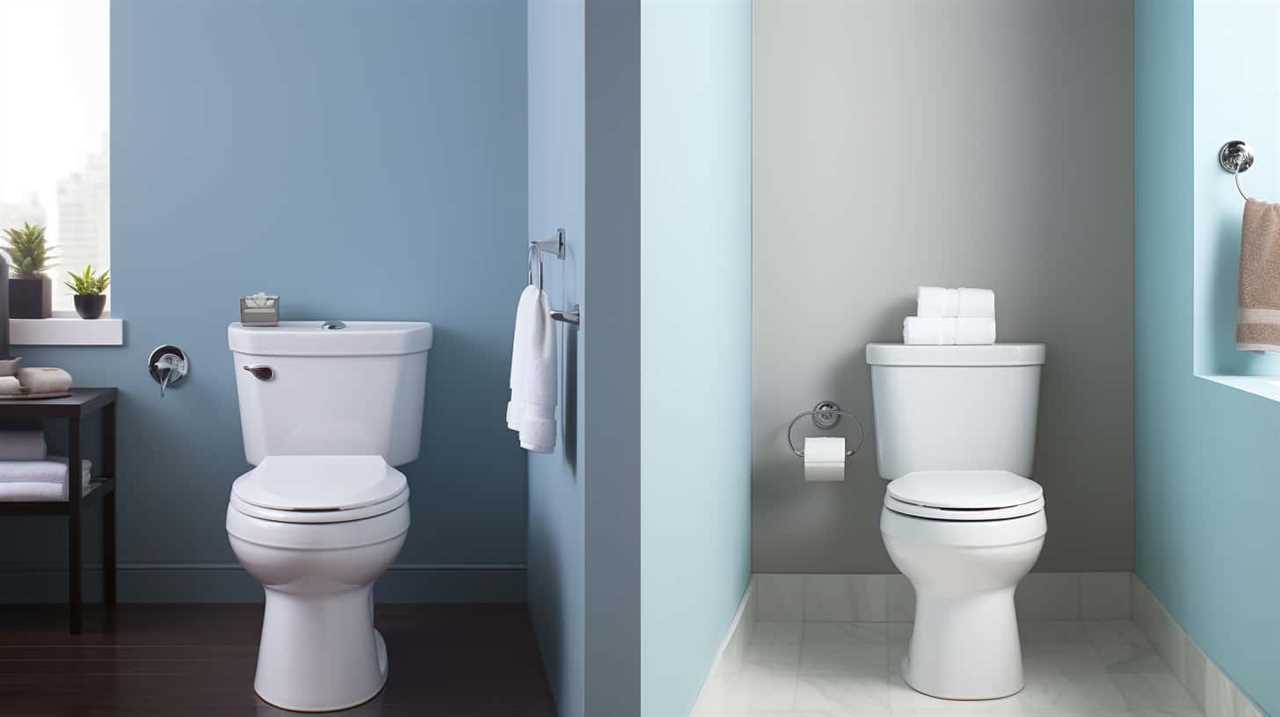
How Often Should the Fill Valve in a Toilet Be Replaced, and What Are the Signs That It May Need to Be Replaced?
When to replace the fill valve in a toilet and signs of a faulty one are important to know. Frequency of replacement varies, but common indicators include continuous running water, weak flush, or leaks.
Is It Normal for the Flapper in a Toilet to Not Close Completely After Flushing, and What Can Be Done to Fix This Issue?
When the flapper in a toilet doesn’t close completely after flushing, it can be a sign of maintenance issues. Troubleshooting steps should be taken to fix this issue and ensure proper functioning of the toilet.
Conclusion
In conclusion, the body parts of a toilet, including the tank, bowl, flush valve, fill valve, and flapper, work together seamlessly to ensure proper functioning and efficient waste removal.
It’s vital to understand and maintain these components to avoid any inconvenience or costly repairs.

Remember, a well-maintained toilet is the key to smooth sailing in your daily bathroom routine.
So, don’t wait for the last straw to break the camel’s back; take care of your toilet properly.

